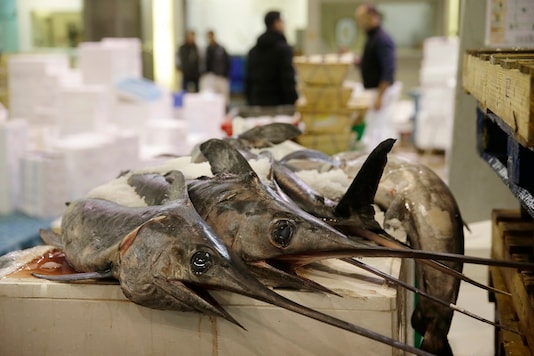A new study has revealed that a shark that was found dead on the Libyan coast in Brega was killed by the rostrum of the swordfish.
Rostrum is a beaklike part found in several insects and arthropods. It is also found in swordfish. In April, the animal attacked the shark with the help of this beaklike structure, a part of which remained in the shark, as per a report in Mail Online.
The incident is from April but this new research published in Ichthyological Research makes it clear that the 11.8-inch beaklike structure that punctured the heart of the shark was the rostrum of swordfish.
The attacks by this animal have been recorded since the 1960s but the latest study shows the severity of such attacks. In its defense, swordfish has also attacked humans, mostly involving fishermen.
As per the study, the swordfish that attacked the thresher shark was not juvenile and almost the same size as the shark. According to the scientists, the attack is unlikely to be a defensive response because the swordfish was big enough to not qualify as a prey for the shark.
At the time when the dead thresher shark was discovered on the coast, ‘Marine biology in Libya,’ a citizen scientist team had observed a gaping hole on its back.
As per a citizen scientist who was present at the spot, the total length of the shark was 450 centimetres. The original length of the rostrum has been calculated to be anywhere between 94-103 cm.
It is speculated that the shark was found on the shore three days after the attack because the blood was still pinkish red in colour and the wound has not started to heal.
The team believes that this attack was probably accidental and might have happened because the two fishes were feeding on the same prey. Thus, they have hypothesized that competition could be a factor behind swordfish attacks on this shark and even other animals.
